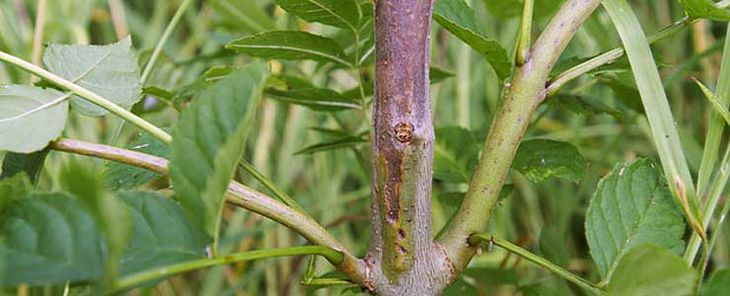
We’re pleased to share with you the latest Forestry Commission information and a video on ash dieback;
The Forestry Commission has posted a video online showing the symptoms to look for at this time of year to check whether ash trees have Chalara dieback.
Spring is not the easiest time to recognise symptoms of Chalara dieback, and it might be some time before it is obvious on the leaves. The video helps by explaining how to recognise signs of the disease on new growth and older branches.
Ash trees come into leaf later than most other trees, and the timing can vary according to where they are and the particular species of ash. However, all healthy ash should be in full leaf by mid-June.
Some shoots on ash trees won’t produce leaves at all, while others will behave normally before showing signs of ill-health or dieback. These signs might mean that the trees are damaged in some way, but shoot death and dieback in ash trees can have a number of causes.
Dr John Morgan, head of the Forestry Commission’s Plant Health Service, said:
“Ash trees are flushing with new leaves now, and this new video will help people identify the distinctive symptoms of Chalara dieback at this time of year. They can then help us monitor the progress of the disease by accurately reporting suspected cases, using our Tree Alert app or online form. We are particularly interested in suspected cases in counties where it hasn’t been found so far.â€
August and September are the best months to look for symptoms in the leaves, because by autumn infected leaves can be confused with leaves that are naturally changing colour.
Click on the link to the new video below and for further information about Chalara dieback including a map of confirmed locations and access to Tree Alert, please visit www.forestry.gov.uk/chalara.

